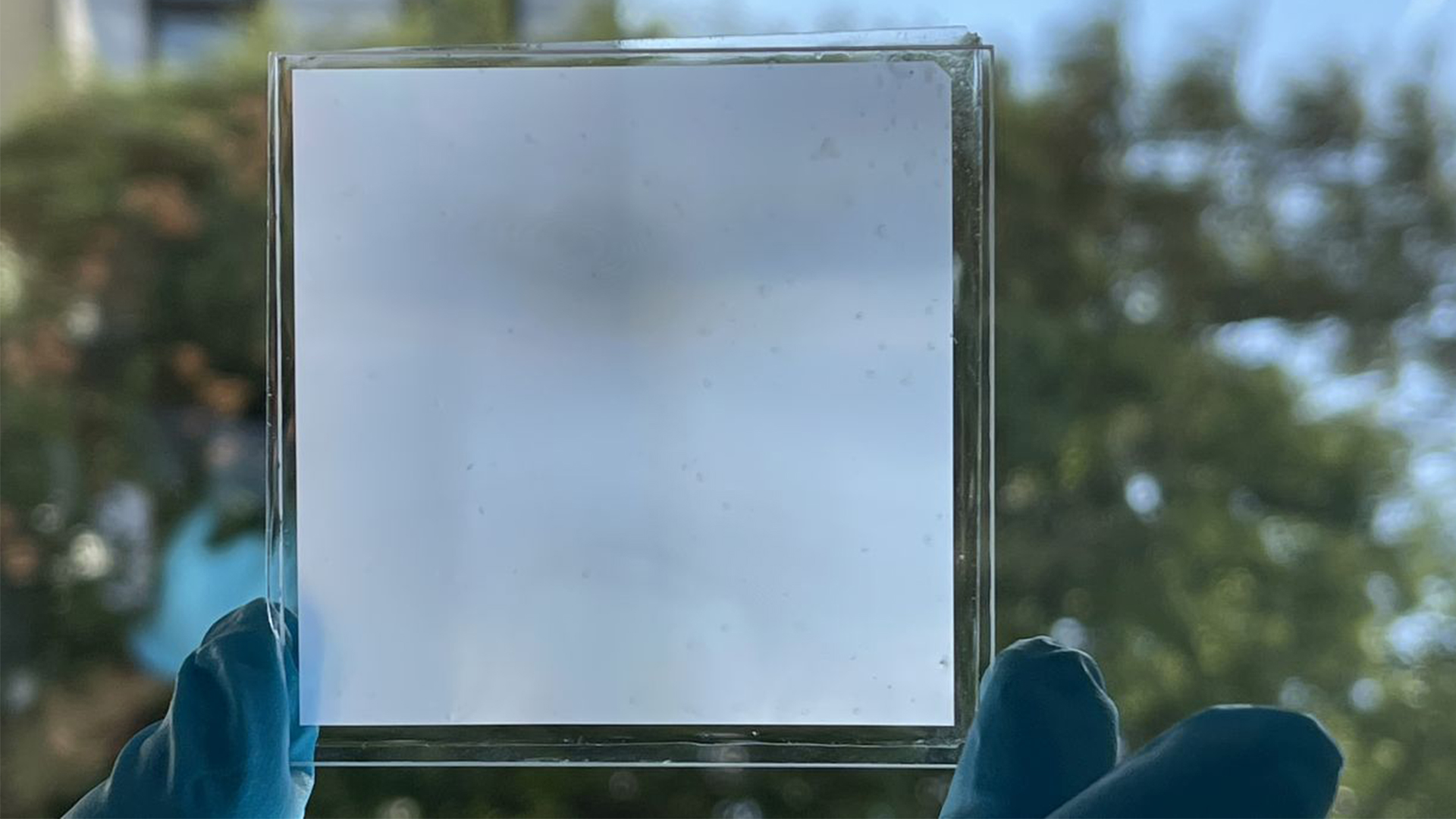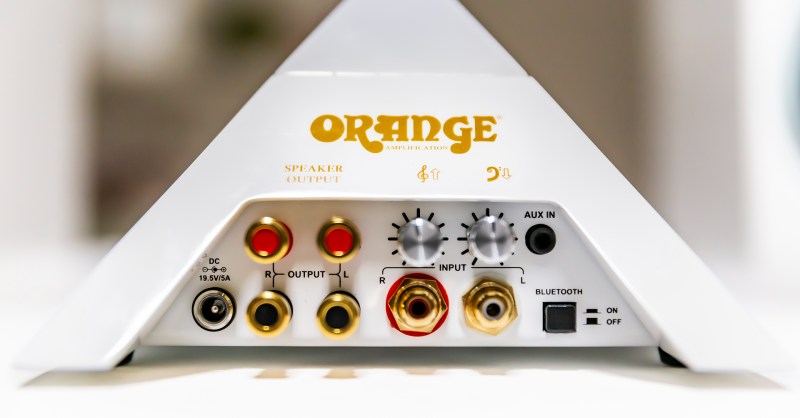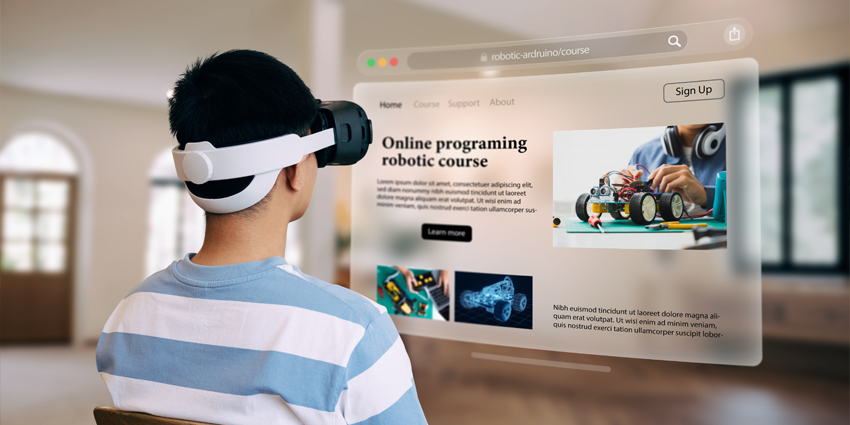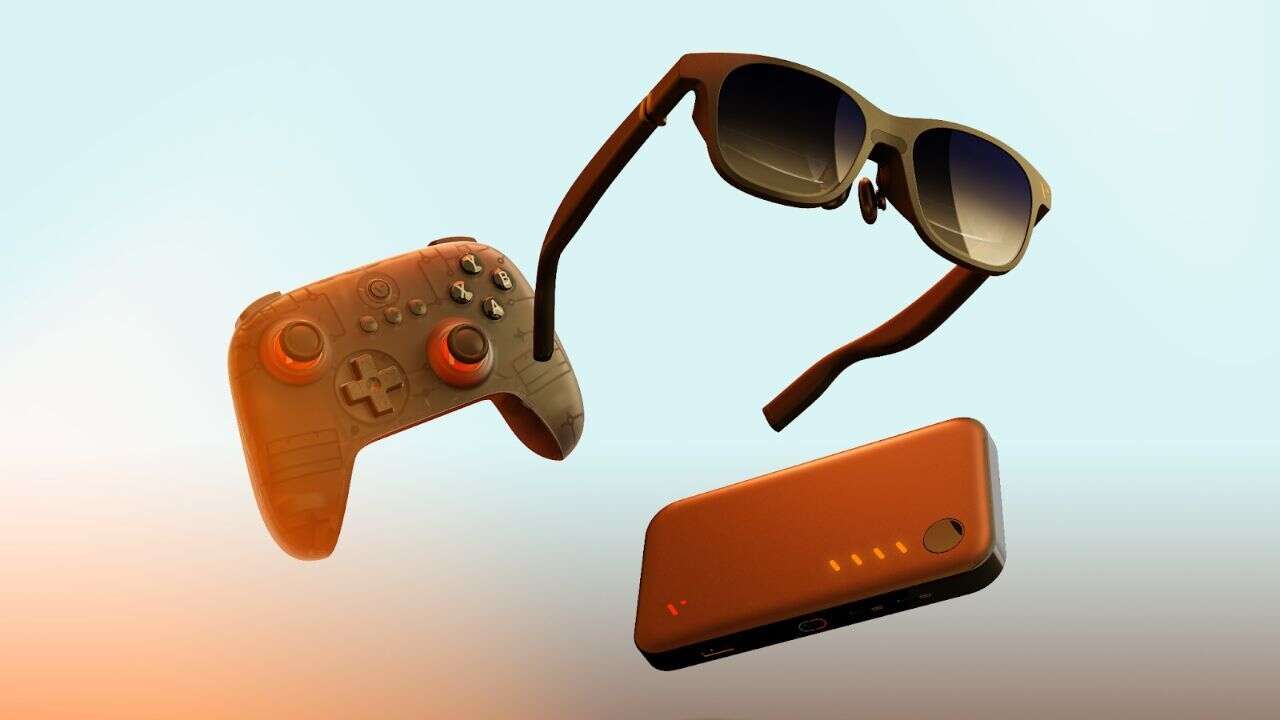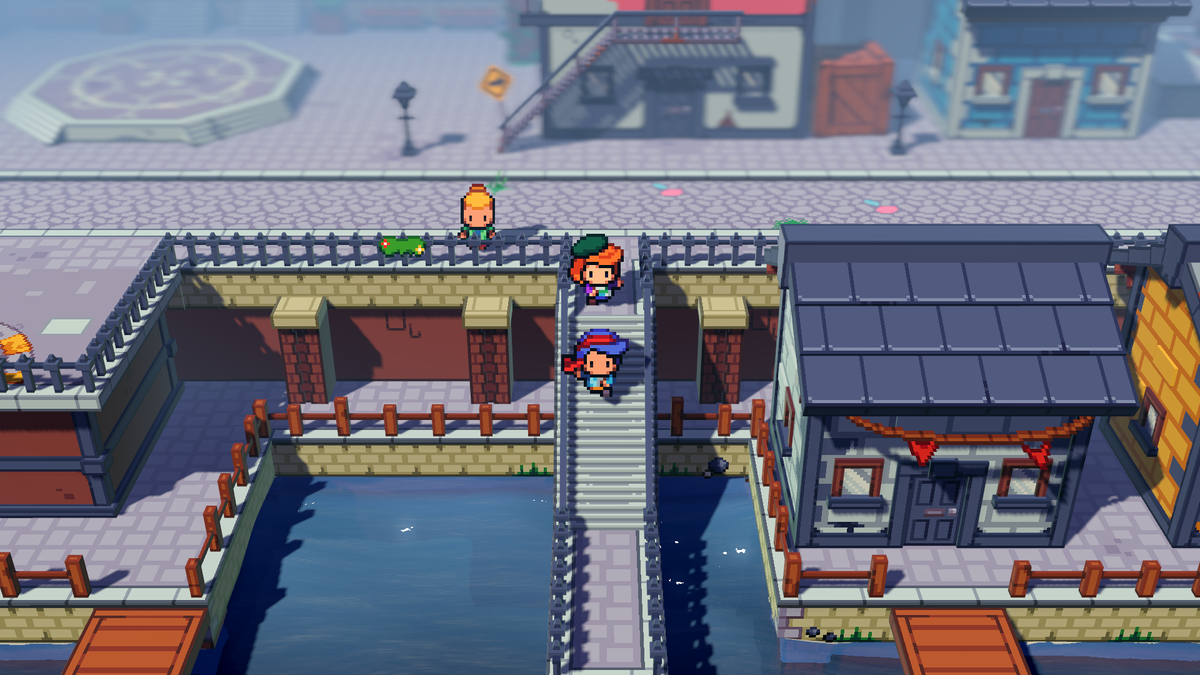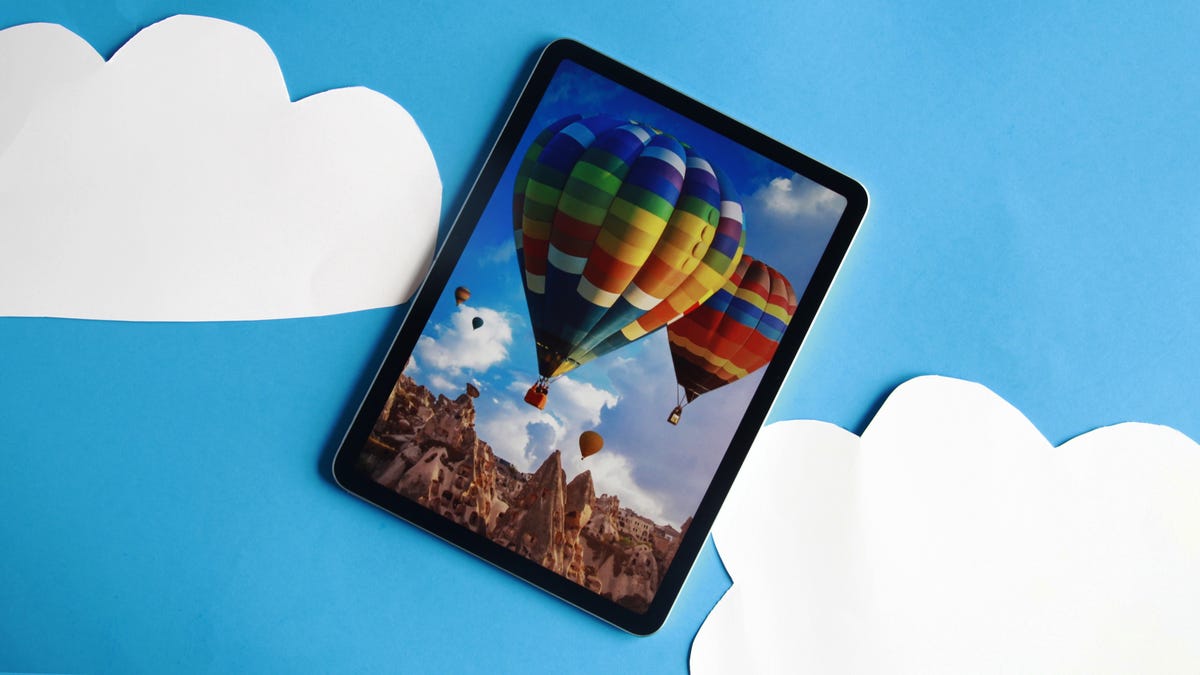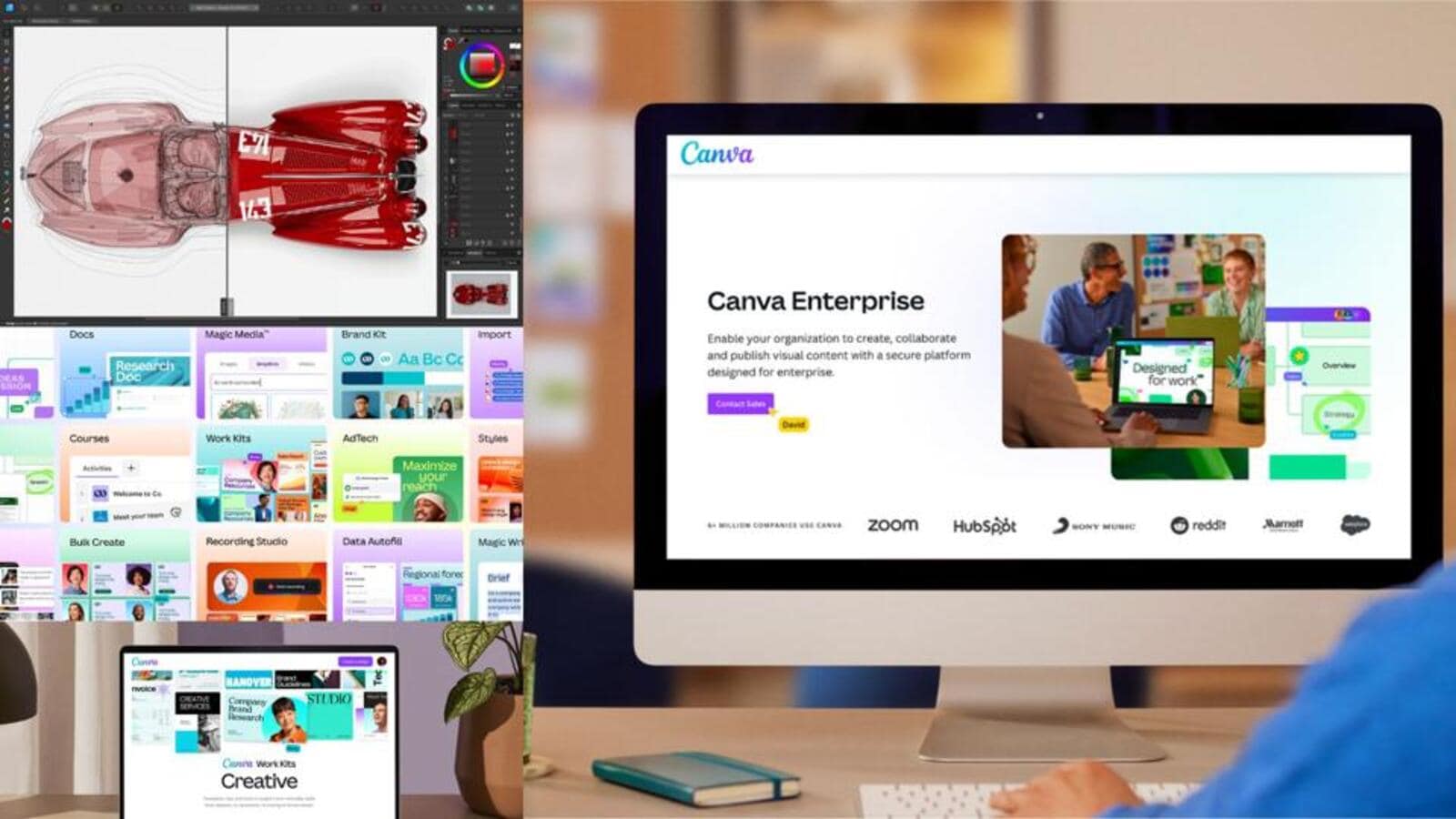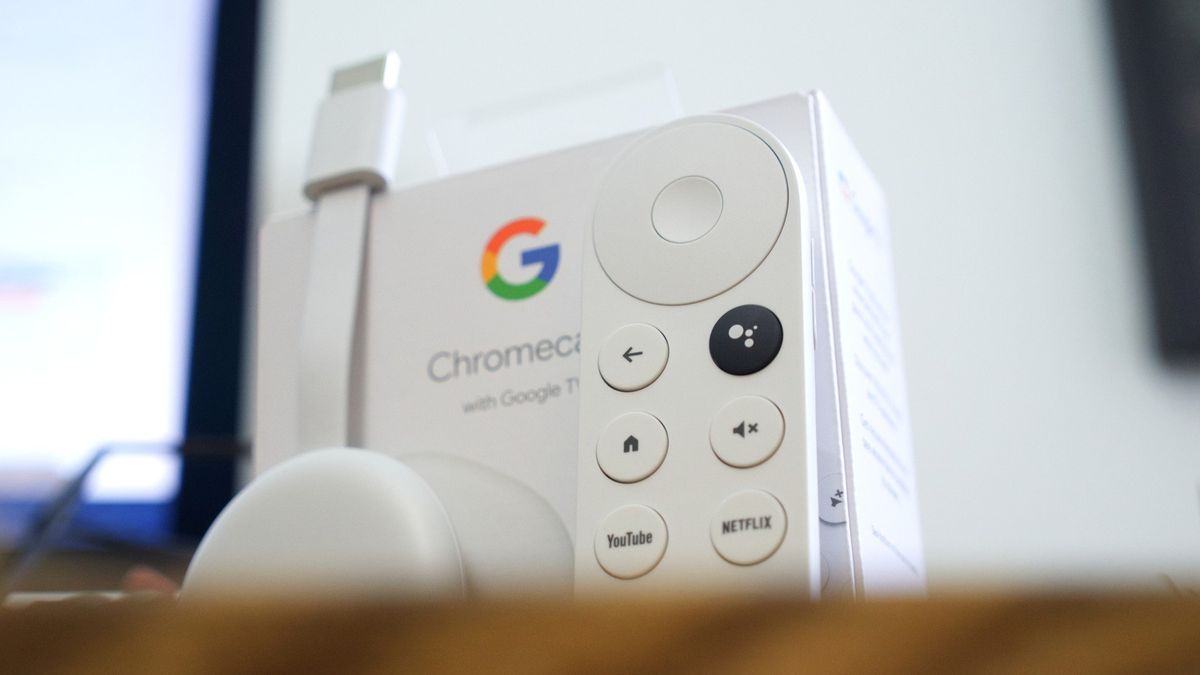New Self-Cleaning Metamaterial to Revolutionize Building Design
Scientists at the Karlsruhe Institute of Technology (KIT) in Germany have developed a groundbreaking self-cleaning metamaterial that could potentially replace traditional glass in walls and roofs. The material, known as PMMM, offers high transparency while addressing key limitations of glass, such as glare, privacy concerns, and heat retention.
PMMM is designed with micro-pyramid surface structures that allow it to efficiently diffuse sunlight and release heat in the form of long-wave infrared radiation. This unique cooling mechanism reduces the need for excessive air conditioning in buildings with glass components, leading to significant energy savings.
Moreover, PMMM’s self-cleaning properties, inspired by the water-repelling micro-cones found on lotus leaves, make it a low-maintenance alternative to glass. The material’s eco-friendly composition and commercial viability further contribute to its appeal as a sustainable building solution.
As the demand for energy-efficient and environmentally friendly construction materials continues to grow, PMMM represents a significant step towards creating more sustainable and comfortable built environments.
Revolutionizing Building Materials with PMMM: A Sustainable Future Ahead
The development of PMMM by KIT scientists marks a major breakthrough in sustainable building design. By offering enhanced transparency, energy efficiency, and occupant well-being, this self-cleaning metamaterial has the potential to transform the way we construct and maintain buildings.
With its ability to diffuse sunlight, release heat, and repel dirt and debris, PMMM not only improves the comfort and privacy of indoor spaces but also reduces the environmental impact of traditional glass materials. As the focus on green construction practices intensifies, PMMM emerges as a promising solution for creating more eco-friendly and cost-effective buildings.
Through ongoing research and innovation, scientists are paving the way for a future where sustainable materials like PMMM play a central role in shaping the built environment. As awareness of the benefits of such technologies grows, the transition towards greener and more efficient building practices becomes increasingly feasible.
Transforming Building Design with Self-Cleaning Metamaterials
The introduction of PMMM as a viable alternative to glass in walls and roofs represents a significant advancement in building design and construction. By harnessing the cooling and self-cleaning properties of this innovative material, architects and developers can create more sustainable and user-friendly spaces for occupants.
With its ability to maintain comfortable indoor temperatures, reduce energy consumption, and minimize maintenance requirements, PMMM offers a holistic solution to the challenges posed by traditional glass materials. As the demand for eco-friendly and energy-efficient buildings continues to rise, the adoption of self-cleaning metamaterials like PMMM is expected to accelerate.
As researchers continue to explore the potential applications of PMMM in various architectural settings, the prospect of a greener and more sustainable built environment becomes increasingly tangible. By embracing innovative technologies and materials, the construction industry can pave the way for a more environmentally conscious and socially responsible future.
